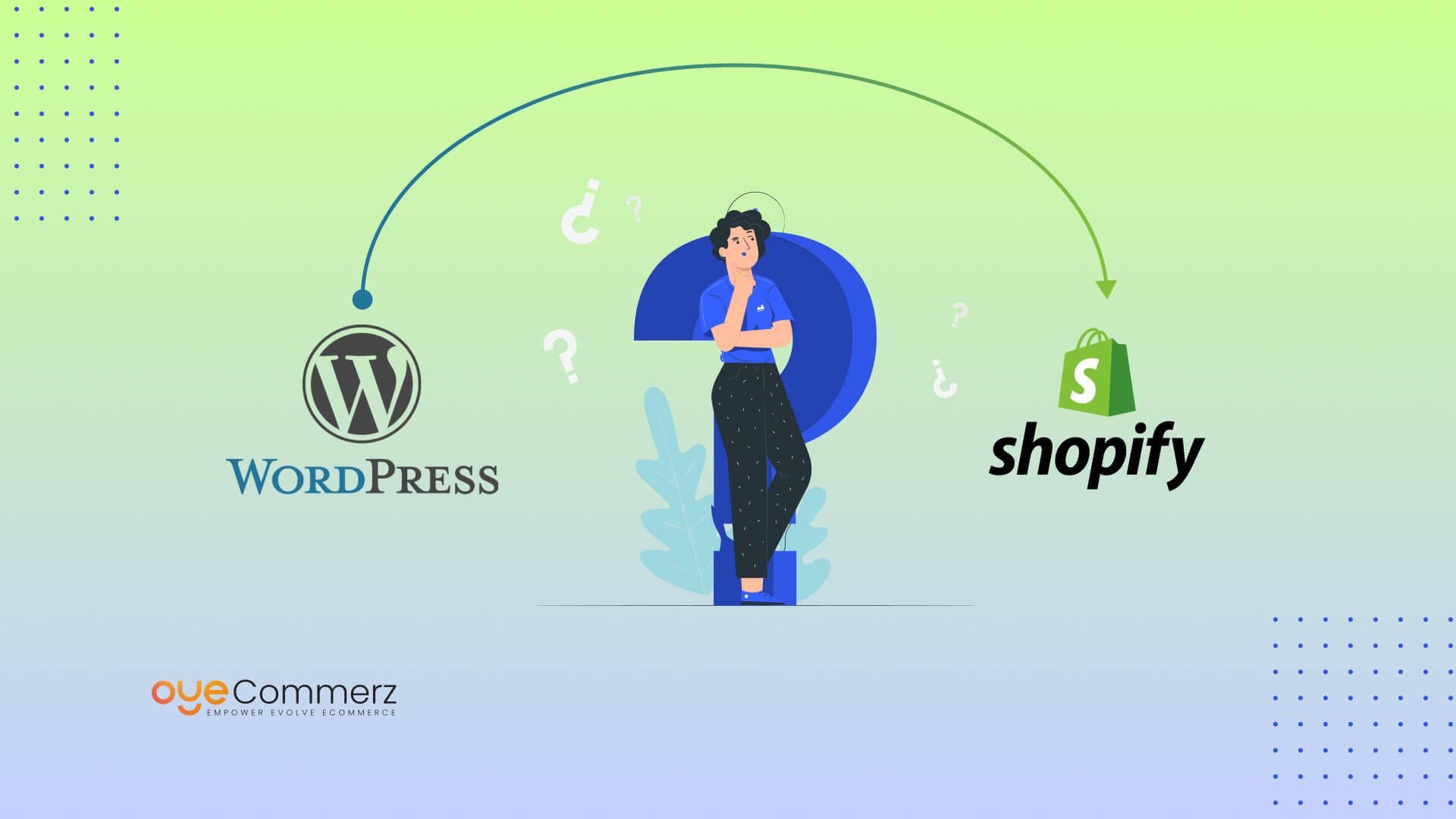Scaling an e-commerce store requires adaptability, growth, and delivering outstanding customer satisfaction.
Considering a move from WordPress to Shopify? You’re probably seeking advanced features, better scalability, and a forward-thinking platform.
This guide outlines the essential steps, strategies, and insights to ensure your migration to Shopify is successful and disruption-free.
Introduction: Why Migrate from WordPress to Shopify?
Although WordPress is highly adaptable, managing e-commerce through plugins can hinder seamless growth.
Shopify is designed specifically for online retail, offering powerful tools, security, and scalability to fit businesses of any size.
With over 4.5 million e-commerce websites using Shopify globally in 2024, it is a dominant force in the industry.
Migrating to Shopify brings advantages such as streamlined order processing, advanced payment features, and better mobile responsiveness.
Here’s your ultimate step-by-step guide to ensure a smooth transition.
Step 1: Evaluate Your Online Store's Requirements
Start by reviewing your store’s current performance and identifying future needs.
Identify bottlenecks such as sluggish performance or excessive reliance on third-party tools.
Shopify’s native functionalities, including Shopify Payments and pre-built themes, simplify operations and boost performance.
Step 2: Plan Your Migration Thoroughly
An unorganized migration process may cause disruptions, data mishandling, or extended delays.
Prepare for a seamless move by addressing essential aspects like inventory details, customer databases, and sales records.
Leverage Shopify’s in-built tools and external integrations to handle data migration securely and efficiently.
Step 3: Tailor Your Shopify Experience
Shopify’s flexible themes allow you to reflect your brand identity seamlessly.
Browse the Shopify Theme Store for templates or modify them to enhance user experience.
Themes such as “Impulse” or “Prestige” deliver visually stunning layouts and powerful features.
If you’re an enterprise business, Shopify Plus customization takes your branding to the next level.
Oyecommerz specializes in crafting Shopify Plus themes that align with enterprise-level e-commerce needs.
Step 4: Migrate SEO Settings
Maintaining your SEO settings is crucial to keeping your website visible in search results.
Shopify offers URL redirection to ensure that your visitors land on the right pages.
Optimize metadata and link to Google Analytics for seamless SEO tracking on Shopify.
Failure to handle SEO settings correctly can cause a temporary loss of web traffic.
Step 5: Boost Your Store with Key Shopify Apps
Unlock advanced features for your store with Shopify’s rich selection of apps.
Enhance customer retention with tools like Klaviyo and Yotpo designed for email and review management.
Oyecommerz offers Shopify API services to integrate advanced tools and streamline processes.
Work with Oyecommerz for custom Shopify app integrations that optimize business workflows.
Step 6: Optimize for Mobile Users
Mobile shopping now represents over half of online purchases, emphasizing the need for mobile-friendly design.
Shopify’s responsive themes ensure your store looks great and functions smoothly on mobile.
Simplify the checkout process for mobile users with Shopify’s secure payment tools like Shop Pay.
Enhance mobile user satisfaction by ensuring fast, intuitive browsing and purchasing.
Step 7: Prepare Your Team for Shopify
Training your team to navigate Shopify ensures they maximize its features effectively.
Ensure your team knows how to handle inventory, process orders, and analyze reports.
An informed team will help you leverage Shopify to its full potential, streamlining operations.
Step 8: Test Your Store Before Launch
Test your store rigorously to ensure all systems function smoothly before launching.
Ensure that all links work, redirects are in place, and product listings are correct.
Simulate purchases to confirm your store’s payment methods and checkout flow are problem-free.
Proper testing guarantees your customers will experience a polished and professional Shopify for faster e-commerce performance site from day one.
Step 9: Promote Your Migration Strategically
A successful migration is a great opportunity to engage and excite your audience.
Leverage email marketing and social platforms to highlight the advantages of your upgraded store.
Emphasize improved speed, security, and shopping experience to encourage repeat visits.
Conclusion: Unlock New E-Commerce Potential with Shopify
Migrating from WordPress to Shopify is WordPress to Shopify app integrations more than a technical change—it’s a transformative step for your business.
With its powerful ecosystem and enterprise-ready features, Shopify positions your business for sustained success.
Whether you’re a startup seeking simplicity or an enterprise requiring advanced capabilities, Shopify delivers.
Oyecommerz, a certified Shopify Plus partner, guarantees a seamless and effective transition.
Our Shopify migration services help unlock your store’s full potential while ensuring a hassle-free experience.
Ready to elevate your e-commerce strategy with Shopify? Let’s discuss your journey to success.
